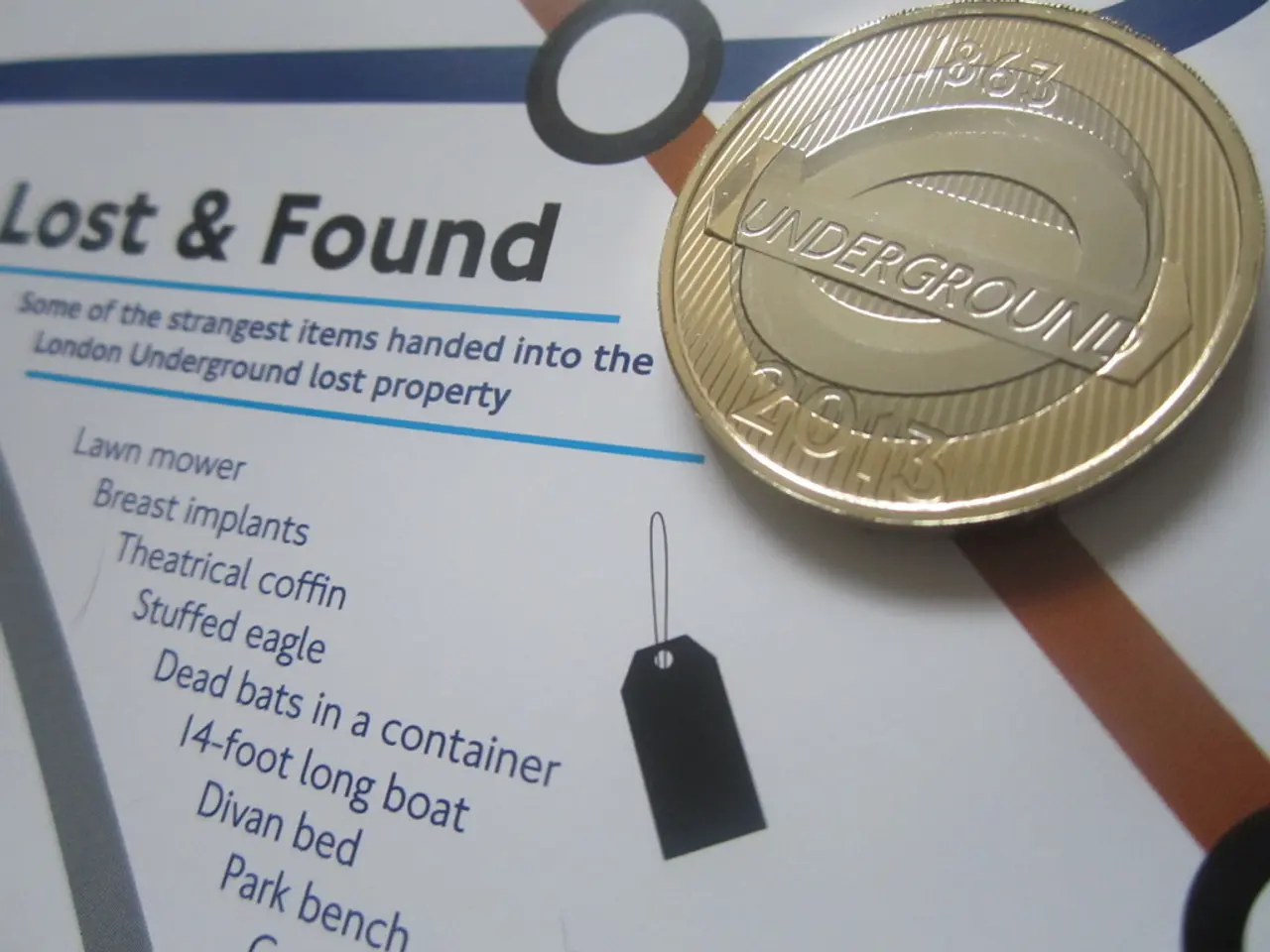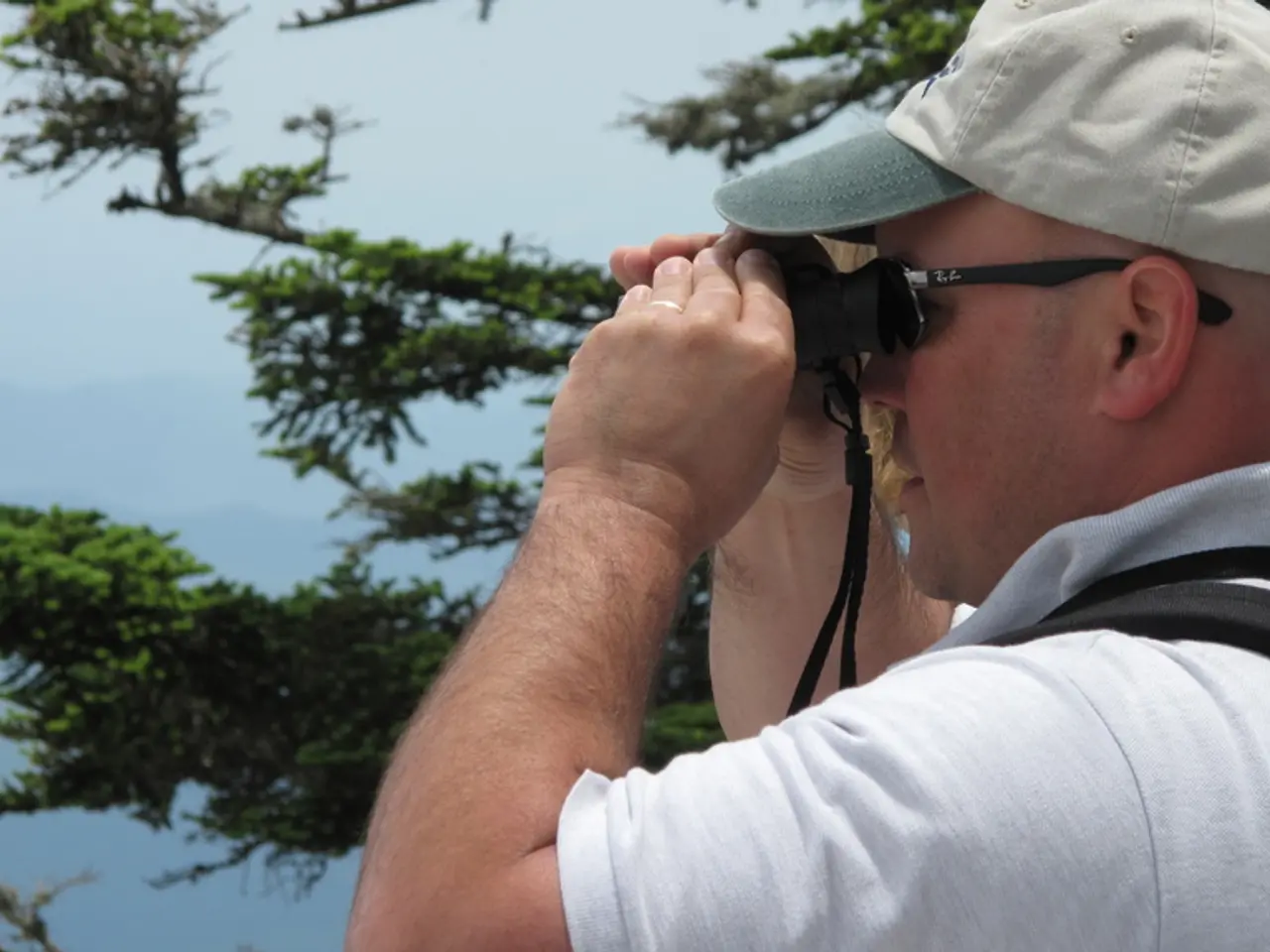Global Access to Decentralized Finance (DeFi) Could Undergo Transformation Through Reserve Bank of Australia's Effort, Project Acacia
The Reserve Bank of Australia (RBA) and the Digital Finance Cooperative Research Centre (DFCRC) have embarked on a significant new venture, Project Acacia. The project aims to establish a regulated and scalable blockchain finance infrastructure in Australia, with a focus on enhancing the efficiency, security, and innovation of the country's wholesale financial and tokenized asset markets [1][2][3].
Brad Jones, Assistant Governor at the RBA, emphasized that ensuring Australia's payments and monetary arrangements are fit-for-purpose in the digital age is a strategic priority for the RBA and the Payments System Board. Project Acacia's next phase will explore and understand how the integration of stablecoins, tokenized bank deposits, and a pilot wholesale central bank digital currency (CBDC) can achieve this goal [1][2][3].
The phase will focus specifically on wholesale use cases involving financial institutions, targeting improvements in interbank settlements and wholesale market functioning. It will involve 24 use cases, with 19 using real money and assets and 5 as proof-of-concept trials, covering asset classes such as fixed income, private markets, trade receivables, and carbon credits [1][2][3][4][5].
Settlement assets will include stablecoins, bank deposit tokens, and a pilot wholesale CBDC issued on permissioned DLT platforms like Hedera, R3 Corda, Canvas Connect, Redbelly Network, and EVM-compatible networks. The pilot aims to demonstrate new ways to use existing settlement infrastructure alongside these digital assets, involving major banks and fintech firms to bring practical, real-world testing scenarios [1][2][3][4][5].
The project is a collaboration between the Reserve Bank of Australia, the Digital Finance Cooperative Research Centre, ASIC, APRA, and the Australian Treasury, positioning Australia at the forefront of wholesale digital currency innovation globally [1][2][3][4][5]. The findings from this testing phase, expected in early 2026, will provide insight into the potential benefits, challenges, and design considerations for wholesale CBDCs and tokenized financial markets in Australia.
Meanwhile, the Shiba Inu ecosystem's Layer 2 solution, Shibarium, is expanding its real-world applications and decentralized finance capabilities. As countries like Australia build frameworks to support stablecoins, CBDCs, and tokenized assets, protocols operating on Shibarium may eventually need to integrate with these emerging systems to maintain access to critical on-chain financial networks and remain competitive.
Staying informed and adaptable will be key for the Shiba Inu community and developers to leverage these advancements while preserving the decentralized ethos of the ecosystem. The Shib Magazine and The Shib Daily are the official media and publications of the Shiba Inu cryptocurrency project.
Disclaimer: The article does not mention any crypto positions or assets held by Michaela. Readers are encouraged to conduct their own research and consult with a qualified financial adviser before making any investment decisions.
[1] RBA (2022). Project Acacia: Exploring wholesale digital currencies and tokenised assets. Retrieved from https://www.rba.gov.au/publications/bulletin/2022/aug/project-acacia-exploring-wholesale-digital-currencies-and-tokenised-assets.html
[2] DFCRC (2022). Project Acacia: Exploring wholesale digital currencies and tokenised assets. Retrieved from https://www.dfcrc.com/project-acacia/
[3] ASIC (2022). ASIC grants regulatory relief for Project Acacia. Retrieved from https://asic.gov.au/about-asic/media-centre/find-a-media-release/2022-releases/asic-grants-regulatory-relief-for-project-acacia/
[4] APRA (2022). APRA provides regulatory relief for Project Acacia. Retrieved from https://www.apra.gov.au/news/apra-provides-regulatory-relief-for-project-acacia
[5] Australian Treasury (2022). Project Acacia: Enhancing wholesale financial and tokenized asset markets. Retrieved from https://treasury.gov.au/corporate/publications-and-media/projects-and-initiatives/project-acacia-enhancing-wholesale-financial-and-tokenized-asset-markets
The integration of stablecoins and tokenized bank deposits within Project Acacia's scope is a testament to the project's focus on finance and technology, aiming to innovate Australia's wholesale financial and tokenized asset markets. The Shiba Inu ecosystem, with its Layer 2 solution, Shibarium, is proactively preparing for potential real-world applications in decentralized finance, including integrating with emerging stablecoin and CBDC systems.




